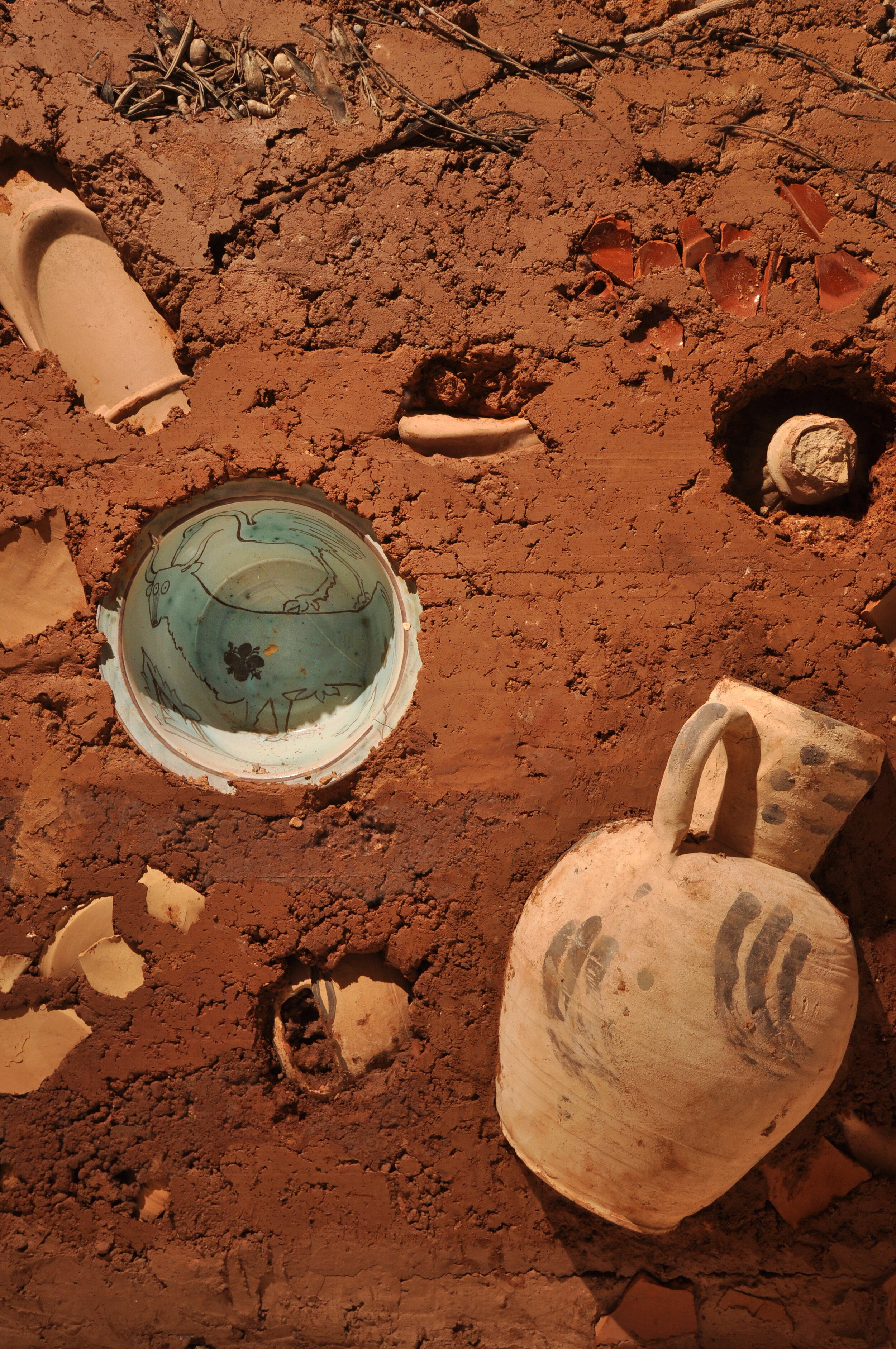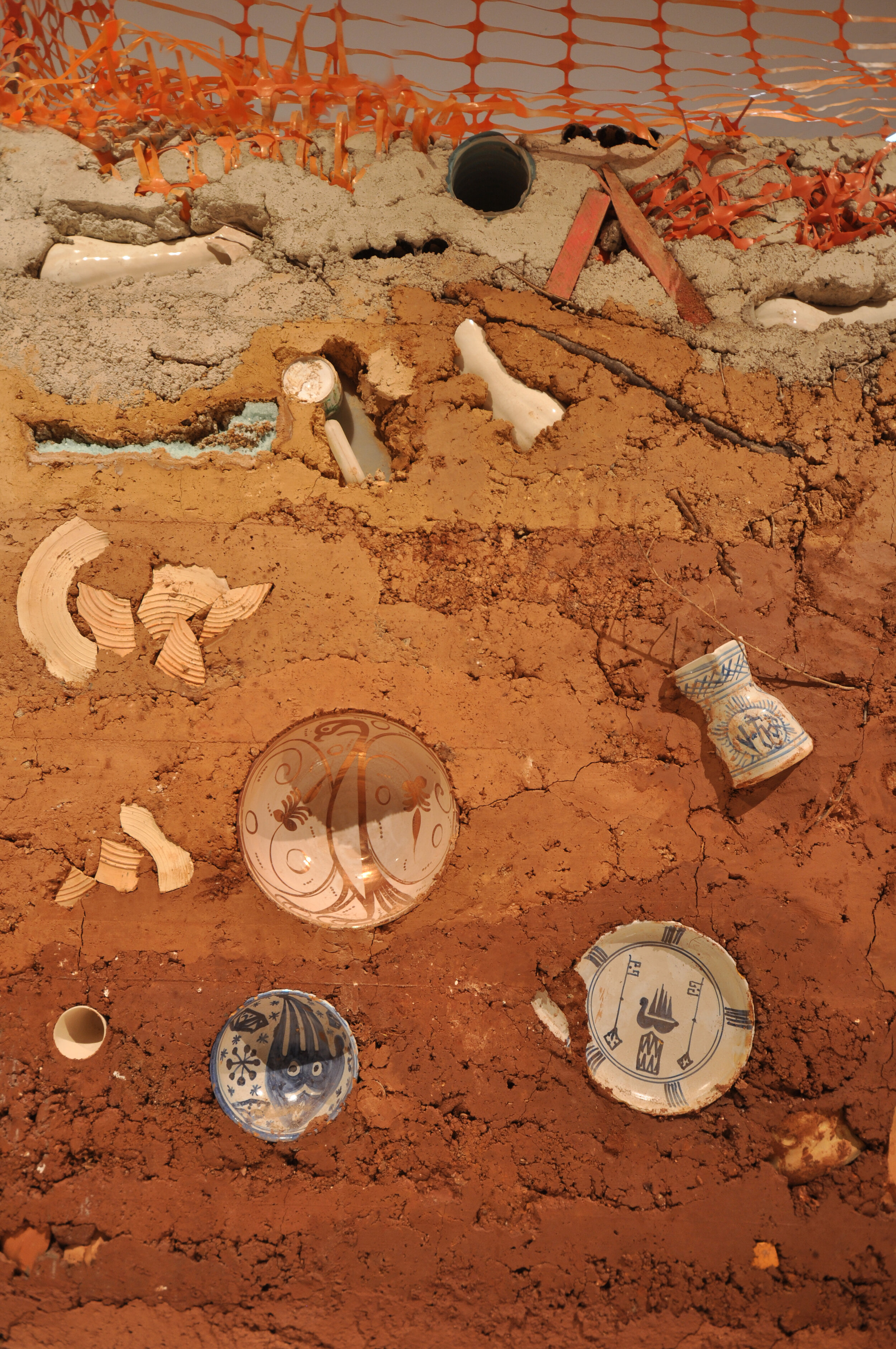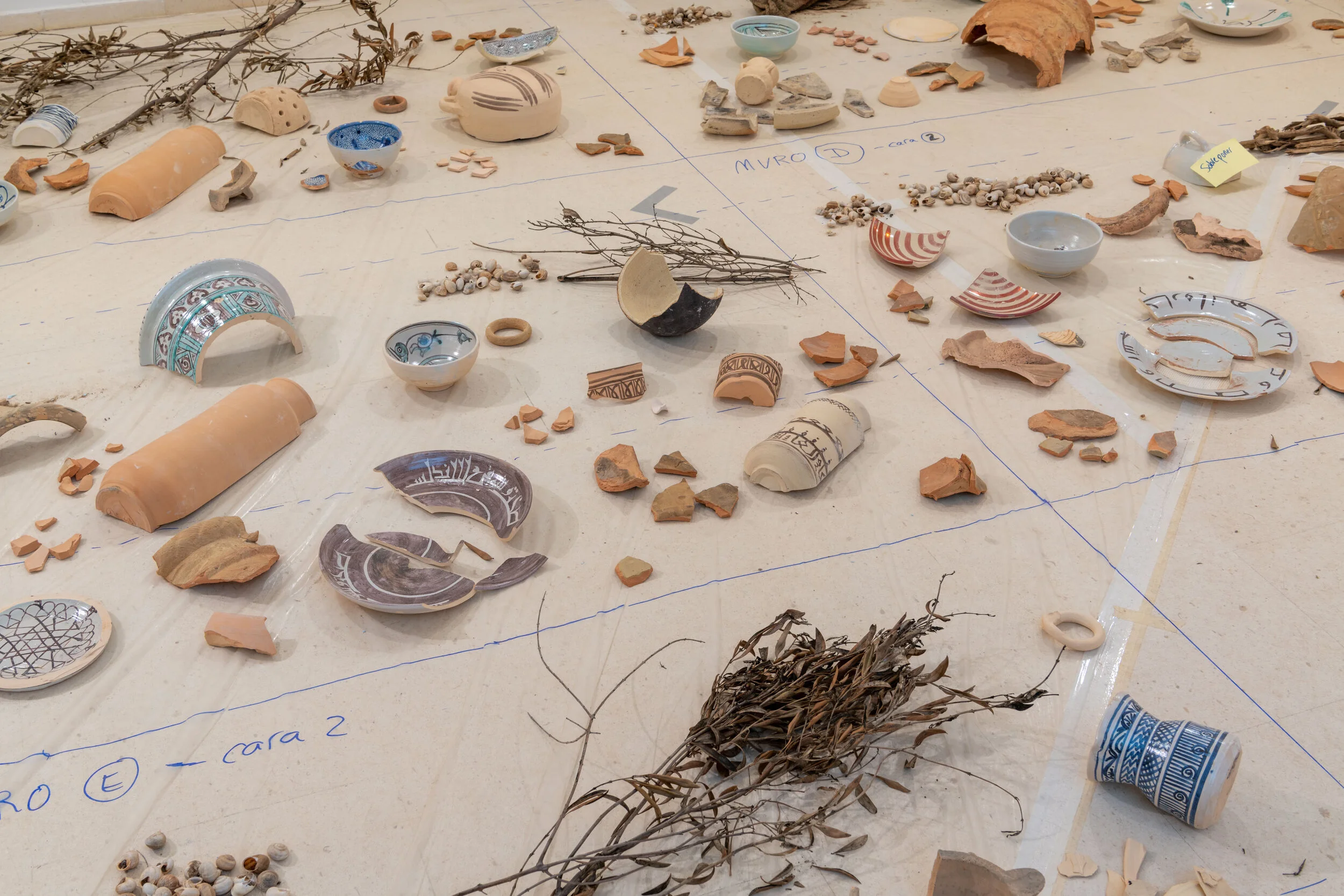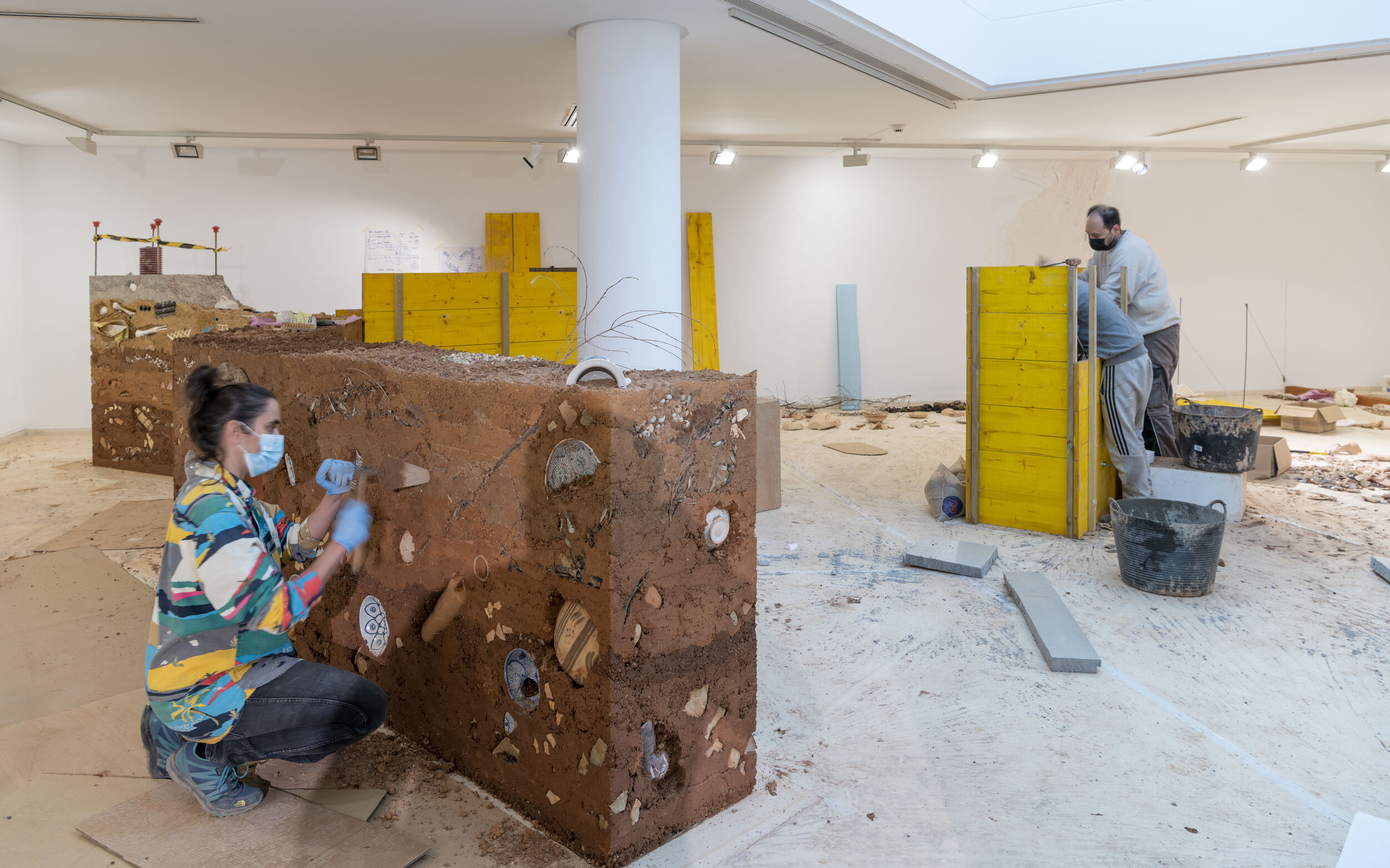
AS WE USED TO
17.12.2020 - 11.04.2021
Institut Valencià d’Art Modern IVAM
Exhibition curated by Sandra Moros
Peasant communities have always had an incredible ability to order the world and to build complex operating systems around their work of cultivating the land and growing crops. This specific project by Asunción Molinos Gordo for IVAM's Gallery 6 can be understood as a tribute to these communities, lending visibility to their unbounded capacity for the production of thought, a holistic and emancipating thinking that is the groundbase of food sovereignty and is, above all, enduring and ultrastable, in the words of the expert in history and gastronomy Thomas Glick.
The point of departure for the artist's project is the huerta valenciana, the fertile agricultural land surrounding Valencia which was made possible thanks to peasant engineering developed in the medieval Moorish era. During this period, peasant Berber families built a system of irrigation channels connecting their different settlements in what is known as the huerta valenciana and its neighbouring areas, now mostly developed. These social groups created a hydraulic system to irrigate their fields and crops, distributing water in an equitable manner following a set of predetermined parameters that helped to ensure social harmony.
Based on a process of research and appropriation, and a speculative interpretation of this Islamic network of irrigation channels, Asunción Molinos Gordo transports us from the medieval period up to the present and into the threatened future in the same place traversed by stratigraphic layers, fossilized aquifers and amputated elements of history. In this project the artist poses questions associated with her idea of peasant thinking: How does knowledge change over time? Which learnings and technologies survive and which are fossilized? What are the motivations to create and apply learnings that are inserted in commonality? What are the possible consequences of ignoring our heritage?








